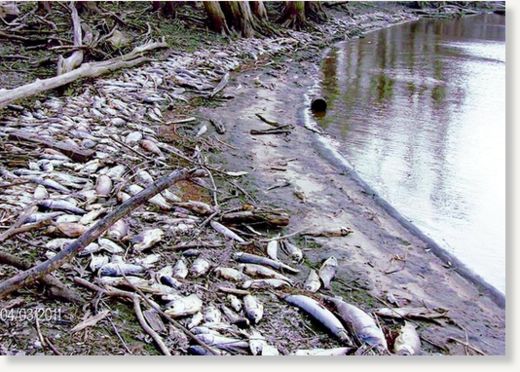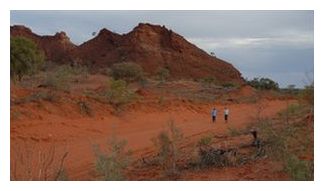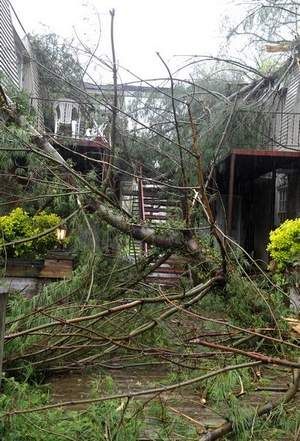
Ottumwa - Why are there hundreds of dead fish lining the banks of a cove along the Des Moines River near Eddyville?
Local residents don't have that answer, but they did report the finned casualties to the Iowa Department of Natural Resources. One of them, Stephenie Dobson, reported the oddity to the Courier and sent along a photo on Facebook.
David Dobson of Eddyville said he likes to fish the area that's south of Hardfish Landing and west of the railroad trestle, both on the eastern side of the river.







Comment: Remember also the Nashville flood of last year:
What took US media so long to report this? Nashville Tennessee Flood 2010